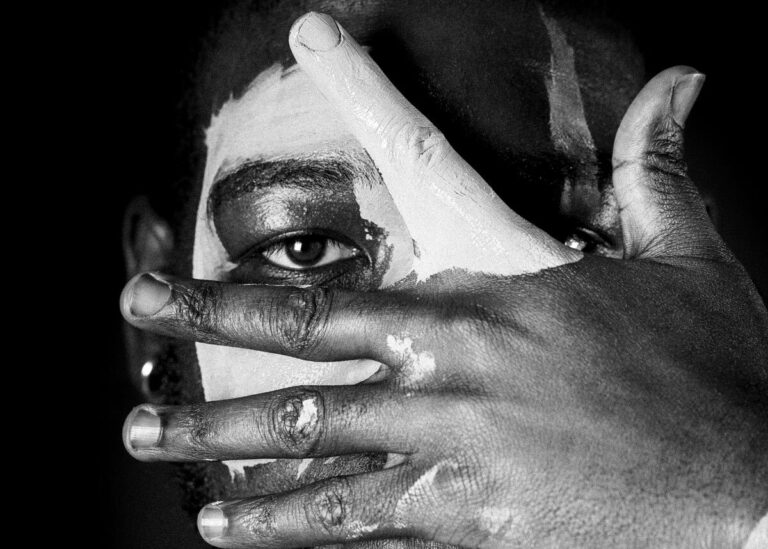The Tulsa massacre 100 years on, what exactly happened?

Across 31 May and 1 June, we commemorate the hundred-year anniversary of the Tulsa massacre. This large terrorist attack against African American businesses and homes—known also as the ‘Black Wall Street’ massacre—took place across these days in 1921. President Joe Biden took an unusually powerful stance in his proclamation on 31 May, stating, “I call on the American people to reflect on the deep roots of racial terror in our nation and recommit to the work of rooting out systemic racism across our country.” Biden also proclaimed that 31 May 2021 be officially recognised as a “Day of Remembrance: 100 Years After The 1921 Tulsa Massacre.”
The US President is set to visit Tulsa today to memorialise the Black Americans that were killed and displaced in one of the most horrific racial acts in the country’s history. This makes him the first US president to do so in history. In this visit, he will supposedly announce his administration’s next steps in closing the large racial wealth gap evident in the US. There will also be a declaration regarding discrimination in the housing market. Descendents of those who suffered during the Black Wall Street massacre are also rightfully demanding reparations for both their emotional and financial losses. Now, while this does seem like steps in the right direction, it is imperative that President Biden is held to his promises he will announce for Tulsa and racial equity in the US overall.
Biden’s visit is not the only impactful event happening on 1 June. Today the city of Tulsa, Oklahoma will begin to exhume bodies from what they believe to be an unmarked mass grave in Oaklawn Cemetery linked to the 1921 attack. The Oklahoma Archeological Survey will be one of the main leaders in this excavation aiming to uncover a history that was intentionally hidden and destroyed. In order for us to grasp the magnitude of these events, we have to first understand their history.
What was Black Wall Street?
In the decades that followed slavery, African Americans were left in emotional, psychological and financial destitude. A wealthy black landowner by the name of O.W. Gurley purchased forty acres of land (known as the Greenwood district) in 1906, believing that it would be a “significant economic opportunity.” He was right. Founded by the descendants of enslaved people, the area of Greenwood in Tulsa, Oklahoma became one of the first hubs of prosperous black entrepreneurial business. The community also provided a level of safety from the segregation Jim Crow laws of the time; many formerly enslaved black people travelled there to escape the dangerous racial terror they had experienced.
The Greenwood district eventually became an economic powerhouse that earned its popular title—Black Wall Street. The district functioned autonomously, creating its own essential services. Greenwood formed its own hospital, school system, bank and even had its independently run public transport. They also had hundreds of recreational and retail businesses. The level of luxury and prosperity under which the black people of Greenwood lived was unprecedented.
What is the Tulsa massacre and how did it start?
By now I’m sure we have all seen countless video examples on the internet of white women weaponising that very white womanhood against black men and boys. This is not a new phenomenon. From Emmett Till to the Exonerated Five to now, very little has changed. More than thirty years before the case of Till, an accusation against a young black man ignited the massacre.
Dick Rowland, 19, was arrested on 31 May 1921, for allegedly assaulting a young white girl—there was very little evidence to prove so. In fact, the most prevalent accepted and trusted accounts stated that he merely tripped getting into an elevator and on instinct grabbed the arm of Sarah Page, the elevator’s conductor, as he fell. A white clerk called the police and reported it as an assault. The headlines that followed in the papers were incendiary claiming that Rowland sexually assaulted Page and had torn her clothes off.
Tensions rose when a white mob called for Rowland to be lynched. Many young black men from the Greenwood district went to the courthouse where Rowland was being held to attempt to protect him from the mob. The white mob grew increasingly violent and a fight broke out. After the incident, the group of black residents retreated back to their community. The following morning—1 June 1921—a mob of white people (estimated between one to two thousand) overran Greenwood. They attacked and shot the residents without mercy. This wasn’t the worst of it. They set fires across the entire neighbourhood and used airplanes to drop bombs. With an estimate of 300 deaths, 35 housing blocks demolished, 200 million (in today’s currency) lost, Black Wall Street was destroyed.
View this post on Instagram
100 years on from the Tulsa massacre, will anything change?
It is best to leave the answer to this question to the survivors and their descendents. Viola Fletcher, 107, was seven years old at the time of the Tulsa massacre. In a gut-wrenching statement before the House Judiciary subcommittee on 19 May 2021, Fletcher stated “I am seeking justice.”
“I will never forget the violence of the white mob. I still see Black men being shot, Black bodies lying in the street. I still smell smoke and see fire. I still see Black businesses being burned. I still hear airplanes flying overhead. I hear the screams. I have lived through the massacre everyday.”
While Biden’s potential promises create some hope of the future we must remember that it took a hundred years for the US to even acknowledge it. Let’s hope it doesn’t take another hundred for actual change. In the meantime, make the switch and try to buy from black-owned businesses. It’s the least you can do.




